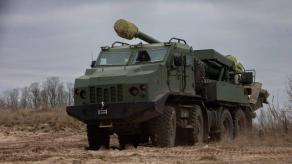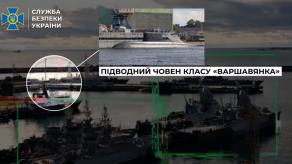Sunday March 12, North Korea starts first ever testing of ship-launched cruise missiles. Defense Express collected and summarized some details about this event from the open sources.
During the tests, two cruise missiles were launched from a submarine, up to 1500 km along a trajectory that looked like the digit "8". The launch was made from the 8.24 Yongung, the largest submarine in service with North Korea and the only sea-based ballistic missile carrier the country has.
Read more: Russia’s Sarmat Intercontinental Ballistic Missile Flies 5 Times Worse Than North Korea's Missiles
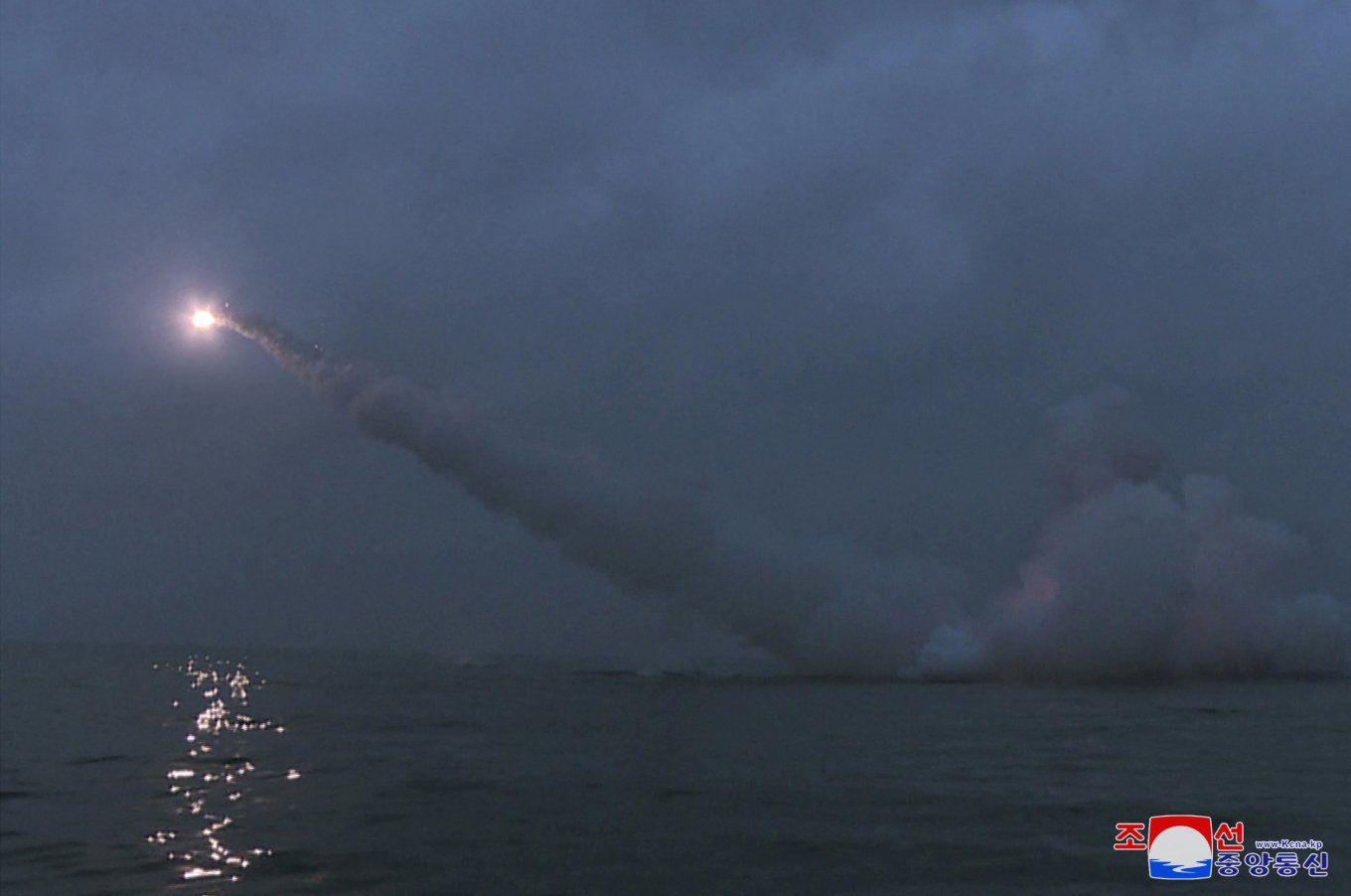
After these drills, the western analysts expressed concern that now North Korea has gotten a capability to shell not only the territories of South Korea but Japan as well; and that the Juche regime received much better capabilities to breach anti-missile defenses of its opponents in the Pacific region.
Based on the available details, let's try and expand that picture. Let's assume that North Korea fired off its own copy of the russian 3M-14 Kalibr missile. Such an assumption is viable because even China uses its copy of Kalibr missile 2, under designation YJ-18, as the primary cruise missile for its submarines.
That said, the difference between the russian original and the North Korean copy will depend on how the 8.24 Yongung submarine was modernized.

This submarine, launched into the sea in around 2019, is based on the soviet Project 629 submarine which has launch silos for three ballistic missiles located in its sail. This underwater ship also has 6 torpedo pods, although only 2 of them are above the waterline.
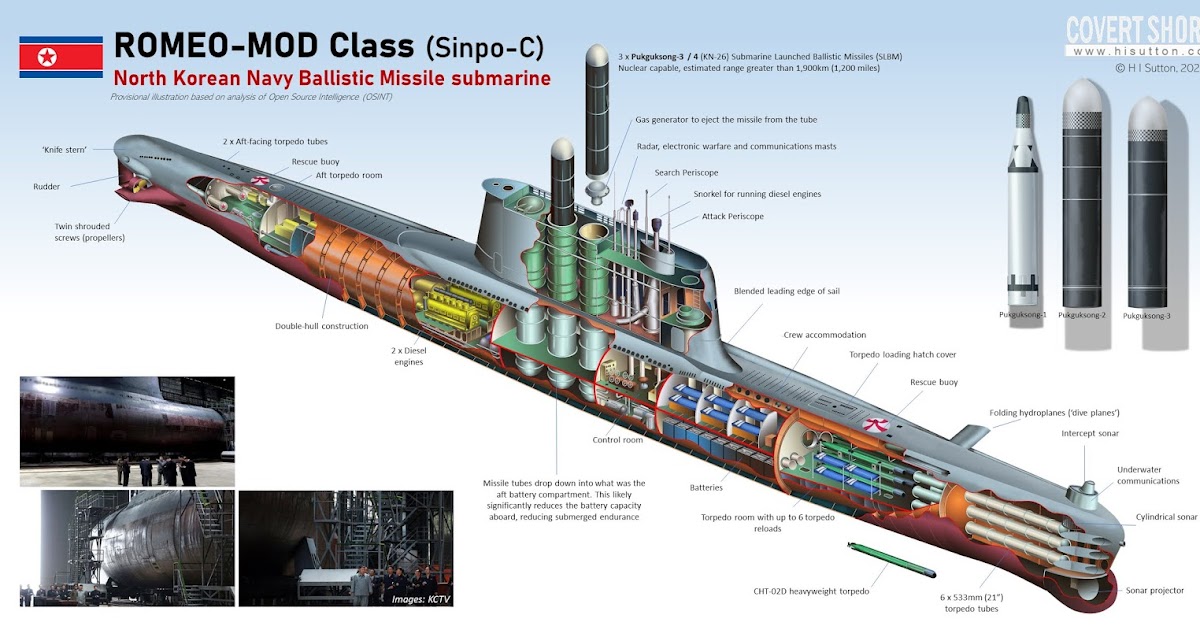
And here we have two options, both equally possible. The North Koreans are either firing off their Kalibr copy the same way the russians do with the original, namely, from a torpedo tube – in this case the loading is done from outside the ship only into the tubes located above the waterline. By the way, that is the reason why russian submarines of Project 636.6 can take only up to 4 cruise missiles on board although they have 6 torpedo tubes. But in that case it means that North Korea had to modernize the fire control system on the 8.24 Yongung.
Another option is that North Koreans remade the launch silos in the submarine's sail. then it means that the Juche regime had to adapt this cruise missile for a vertical launch, since the original Kalibr is launched horizontally.
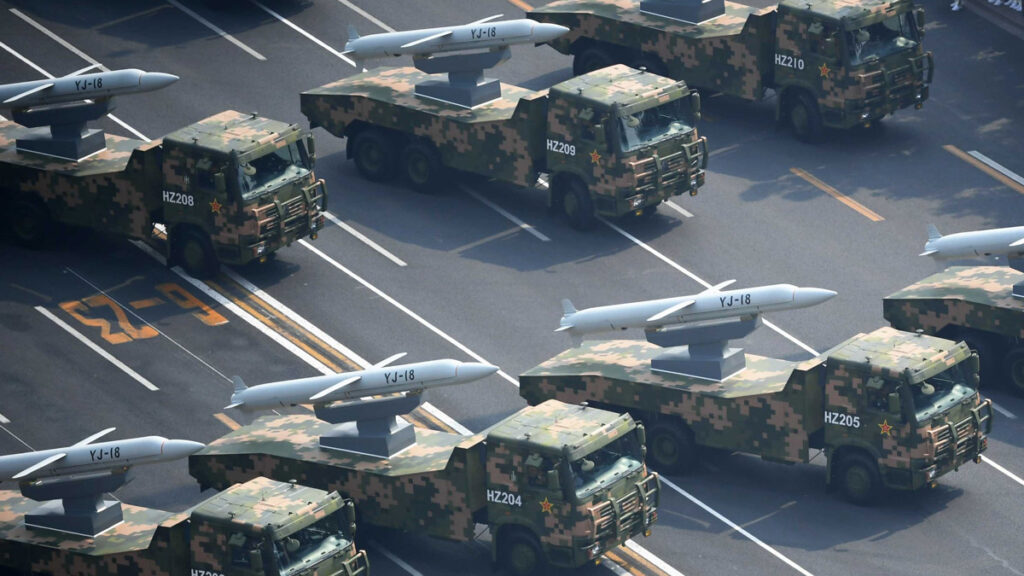
One more question is how long it took North Korean engineers to copy the russian Kalibr missile and when the technologies could possibly have been exchanged.
In that regard, we can recall an example from history when it took at least three whole years for Soviet engineers to copy the Tomahawk missile and make their own RK-55 Granat, the predecessor of Kalibr. Even if we consider that North Korean designers are several times more effective in terms of missile technologies than their russian colleagues, it is unlikely that the copying of the Kalibr missile took less than a year. Therefore, the transfer of technologies for this cruise missile could have taken place even before the russian invasion of Ukraine in February 2022.
We should also recall another example: China received some samples of the russian Kalibr back in the early 2000s, but the copy designated YJ-18 was presented only in 2015.
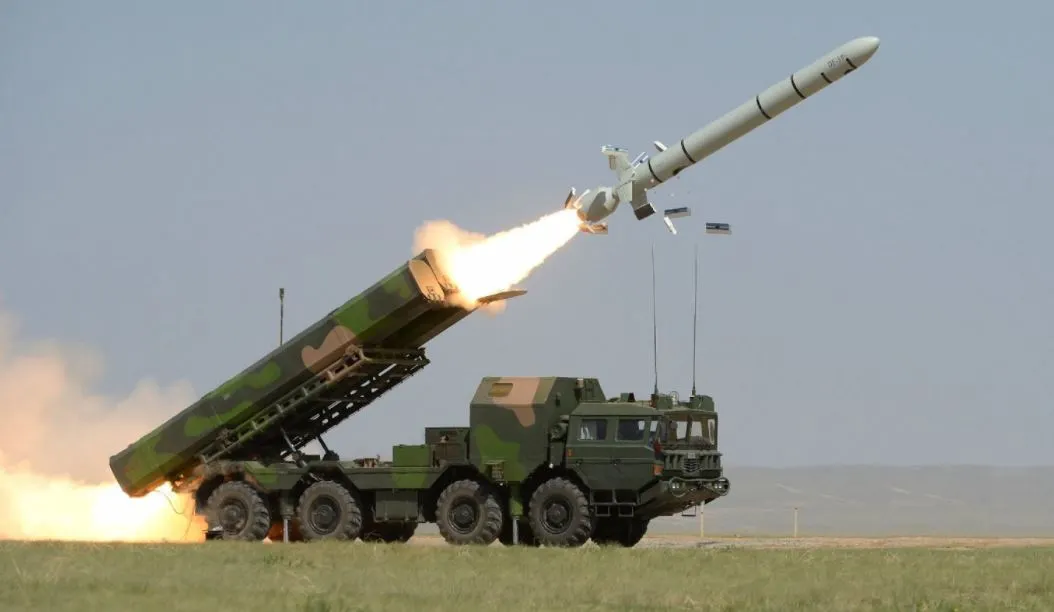
Read more: North Korea Now Has Own ATACMS Analog, Which Can Launch at Least For 110 Km







